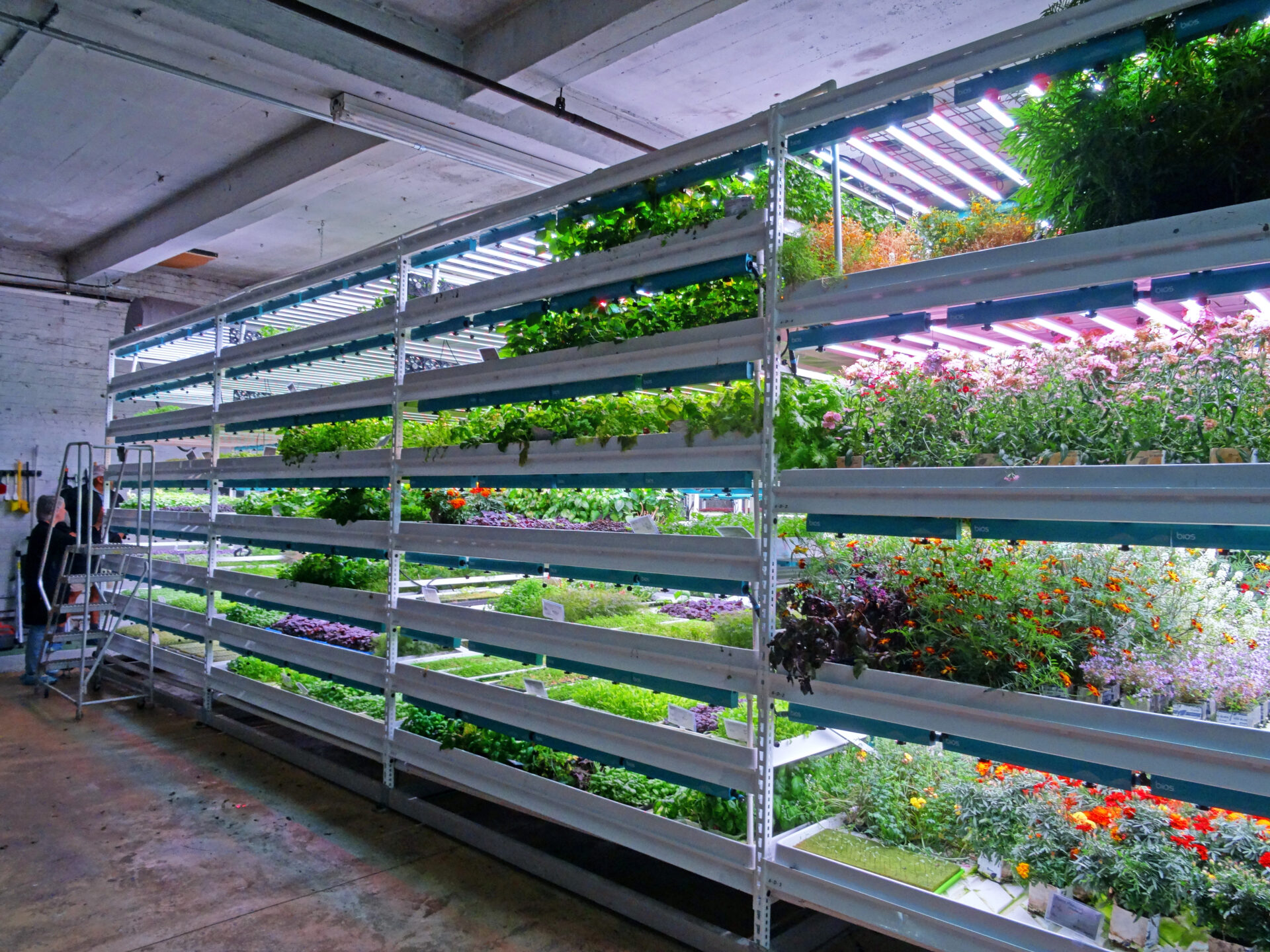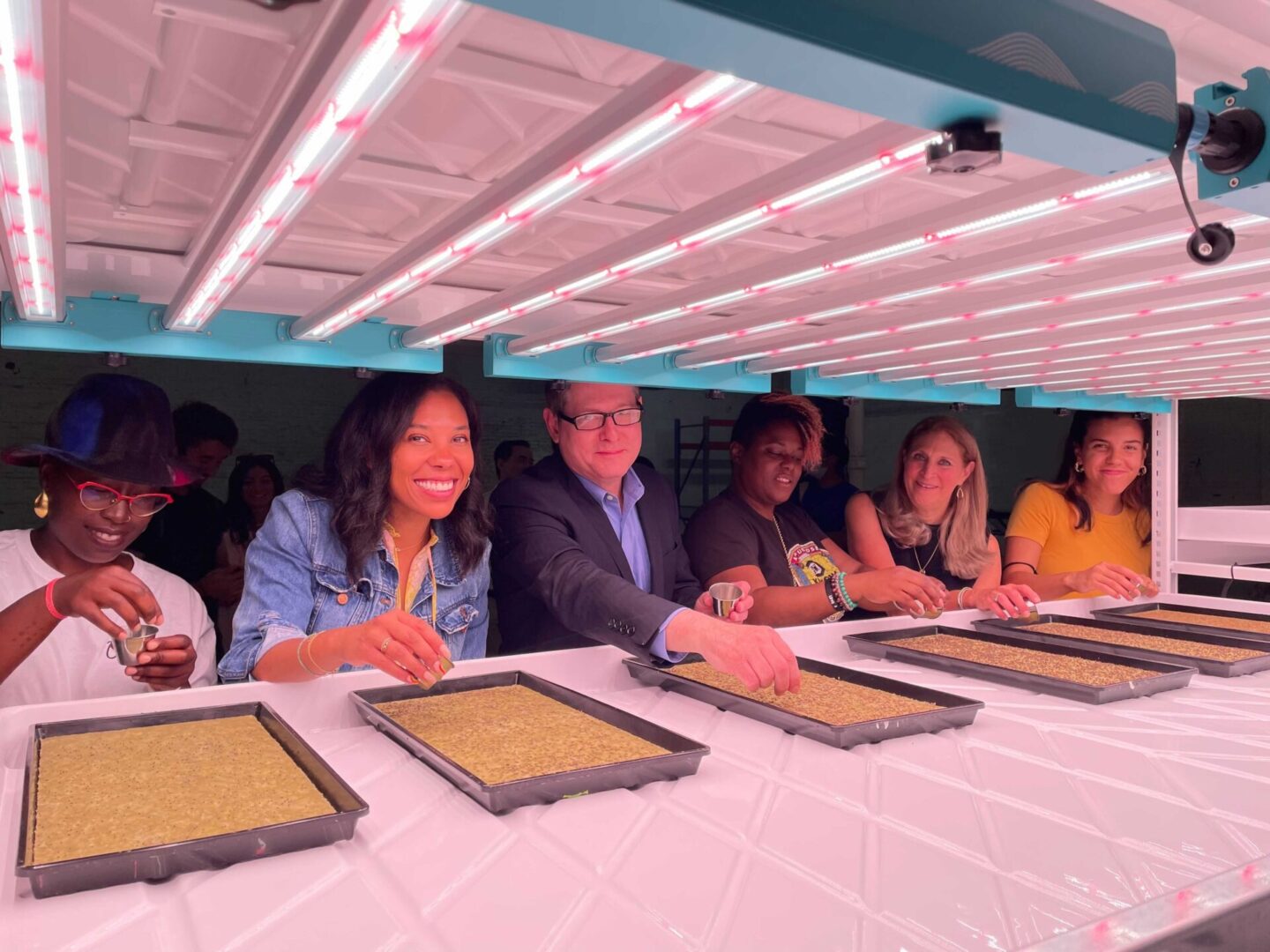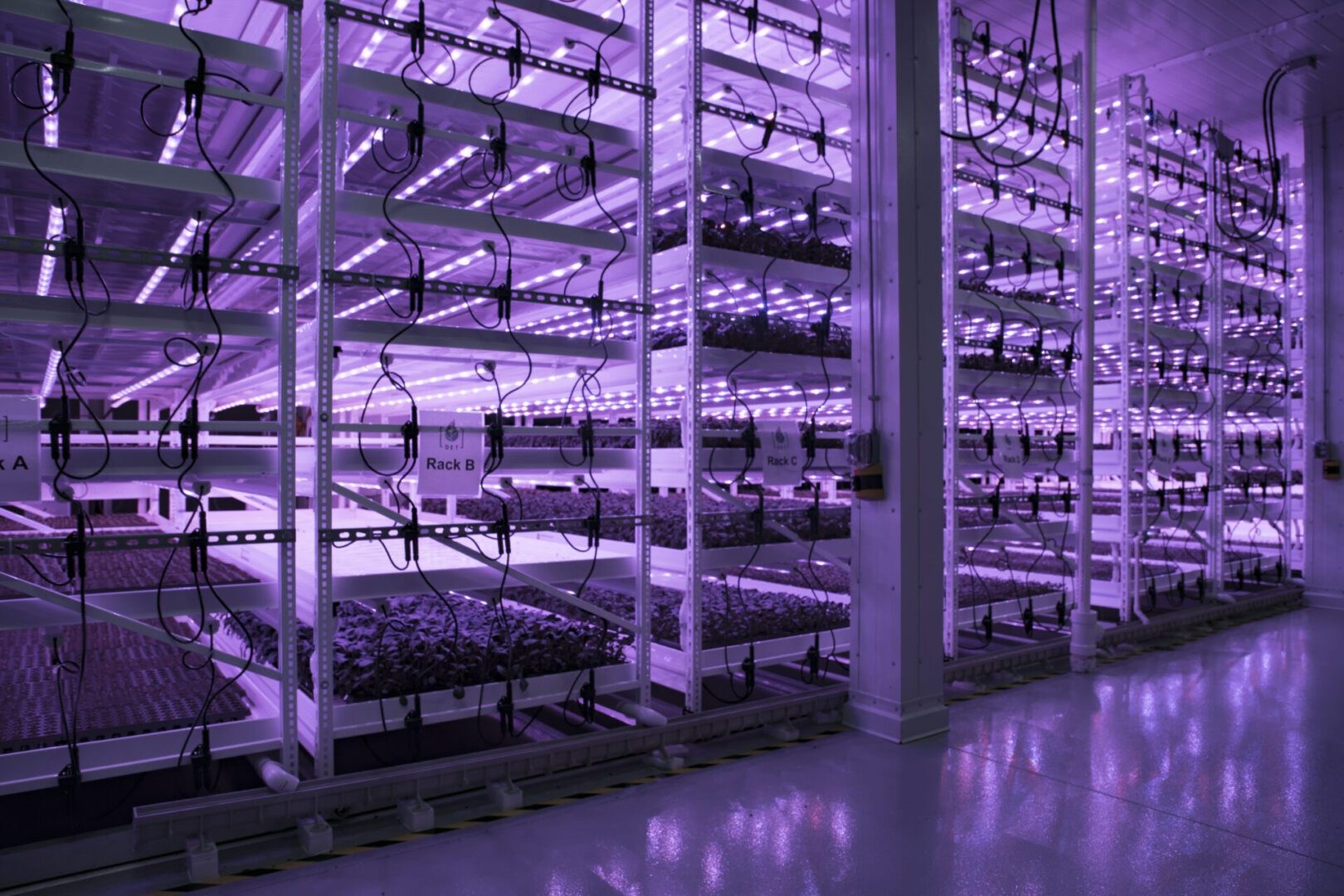Lesson Learned from a Decade in CEA: Part 2
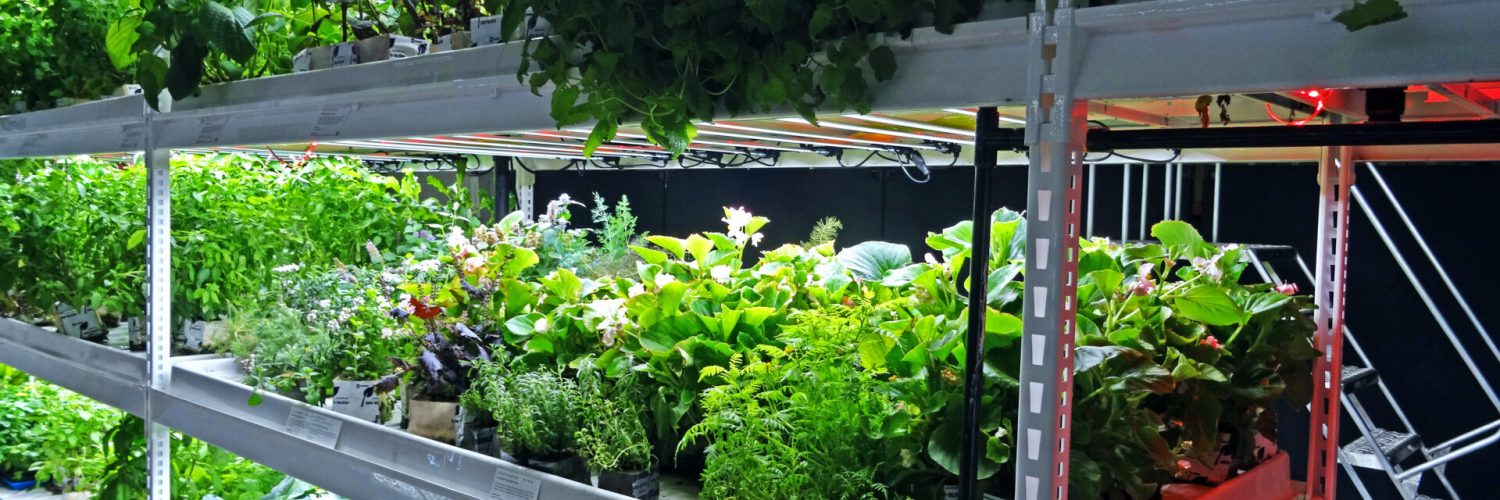
With over a decade in the controlled environment agriculture industry, I’ve had the opportunity to work with a wide array of growers cultivating vastly different crops. More often than not, the economics of those crops are as widespread as the geography in which they are grown.
Considering how poinsettias have penny-per-plant margins, lettuce heads average more than $43 per 100 pounds (according to the June 2024 USDA National Agricultural Statistics Service Agricultural Prices report), and single pounds of cannabis sometimes sell for thousands of dollars, it’s fair to say that not all CEA operators live the same experience.
In Part 1, I highlighted the misconception that every crop, but especially cannabis, is different and needs to be treated as such. But as we discussed in that blog, this notion couldn’t be further from the truth as there are a lot of lessons the traditional markets could learn from the innovative cannabis industry (and why that was the case). The inverse is also true.
Here, I share some of the lessons I have learned from the food and floriculture side of the CEA industry that cannabis growers can (and potentially should) explore in their operations.
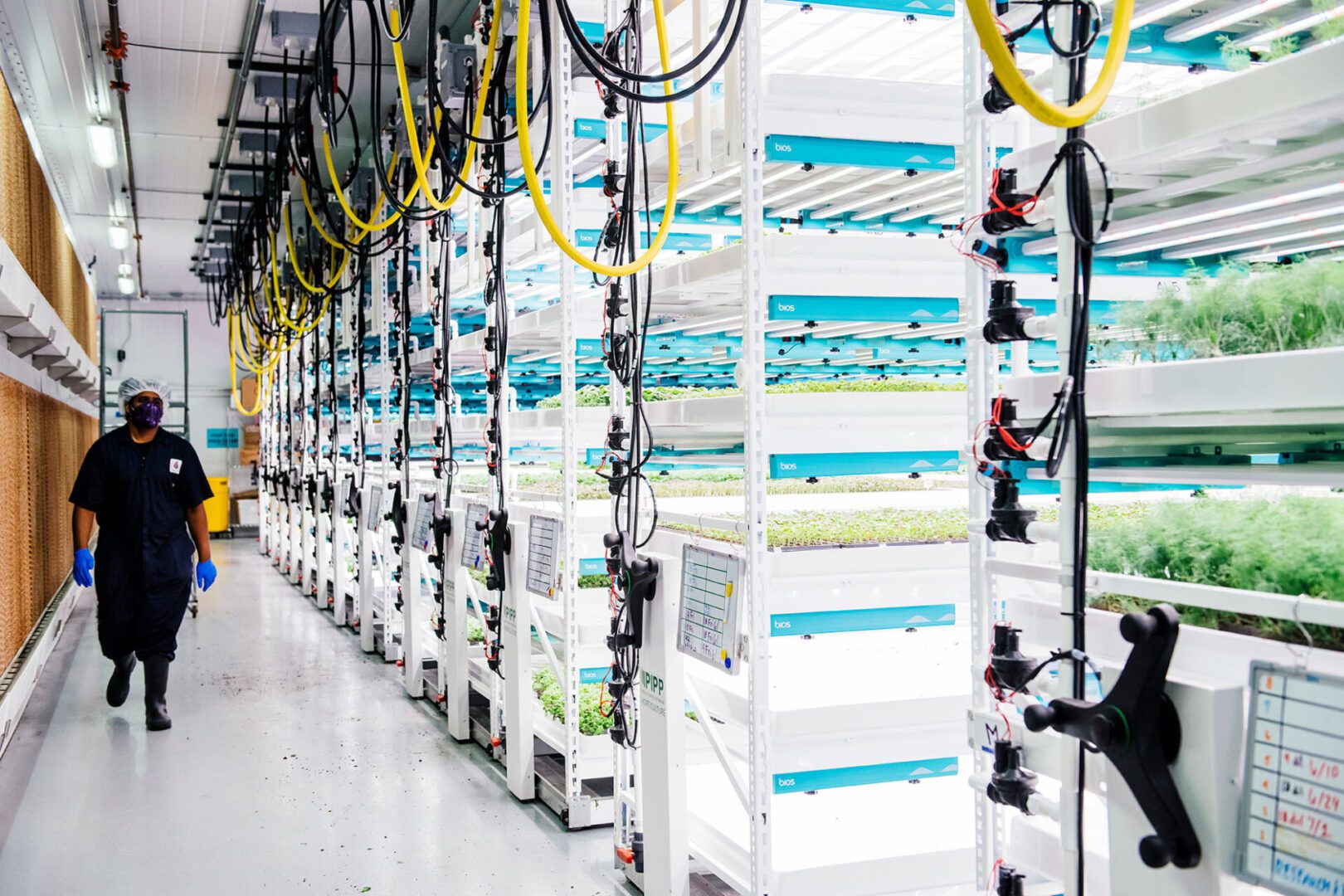
Focused Business Planning
Vertical growers can thank the cannabis industry for helping to fund much of the research & development into indoor farming. Cannabis growers, due to the value of their crops, could afford to take risks and/or allocate space to R & D projects, something that traditional crop growers would be hard-pressed to do given the thinner margins they must contend with.
The necessity to build lean operations and purpose-designed facilities makes most non-cannabis vertical farmers better agricultural economists. Most of these companies have clear and targeted business plans, with crop production tailored to their final customer’s needs. For some, that’s a general grocery retailer like Kroger or Whole Foods. For others, it’s specialty food retailers or independent grocers. Some farmers only grow products for restaurants. Most only grow a handful of products at best, while some only cultivate one lettuce or strawberry variety.
Whatever crop and market these vertical farmers serve, they can meet customer quality and consistency expectations. By delivering products to spec, they’ve built solid business relationships to sustain their operations for years.
Cannabis growers have had the opportunity to dabble in multiple retail and medical products: some grow both branded and white-label products, as well as make extracts, edibles, tinctures, and topicals in-house. Many of these businesses found early success thanks in large part to their cultivation capacity, but as competition has ramped up in many North American markets and consumers identify brands they most resonate with, several of these companies have found themselves overextended, unable to meet quality expectations or achieve consistency across batches.
Take for example Canopy Growth, which once upon a time boasted having the largest cannabis canopy footprint in the world. After years of producing more cannabis than it could sell, the company divested from all of its cultivation assets. Now, it exists only as a house of brands, relying on other, more specialized producers to make its branded products.
Taking a page from the traditional agriculture market, cannabis growers should consider retooling their business plans and production goals to go from jacks-of-all-trades to masters of some. It’s incredibly difficult to get everything right all the time, but it’s much easier to get one or two things consistently perfect. By finding their niche and focusing their efforts on deepening their expertise in that market, cannabis growers will be much better positioned for the commoditization movement we’re already seeing play out, which will only get worse in the U.S. with full federal legalization.
Develop a Commodity Mindset
It’s a foregone conclusion that not all cannabis brands are going to make it. Even with dedicated retail space, if you’re unable to grow a good quality product at a fair price, you simply are running a fundamentally unsound business, and no quantity of marketing and branding will be able to save you (at least not beyond the short term).
Take for example MedMen, one of the first vertically integrated U.S. cannabis brands. Its approach to building both cultivation and retail footprints garnered both local and national media attention. However, the company’s over-reliance on its appeal as the “Apple Store of weed,” coupled with its poor growing practices with high cost of goods sold (COGS), led the California company to declare bankruptcy with $410 million in debts, per Law360.
If there’s one thing food producers have learned, it’s that their asset value is not in a brand–it’s the fact that their facility is a plant factory. This is why it’s crucial for cannabis growers, especially vertical growers, to avoid overspending on building a brand early in its development, and instead focus on their facility.
Proper facility design will go a long way in building that asset value. This includes maximizing floor space via mobile vertical racks, optimizing canopy airflow via in-rack airflow systems, leveraging advanced automated controls, as well as using energy-efficient HVAC, lighting, and watering systems.
A cannabis business, especially a cannabis cultivation business, should not be viewed as a short-term tech play, where founders aim to flip the company for huge profits to a multi-state operator (MSO) within 5 years of launching. It’s a farming business that takes years to build. How many farmers do you know that only farm for 5 years?
But the good news is that if you do this well, you won’t need a brand to help you sell your business when you’re ready to do so. By building up that asset–your facility and operations–the higher your value for acquisitions will be. You will be able to enter with a stronger position in partnerships, or with more leverage in negotiations.
Data Collection, Research, and Collaboration
As we talked about in Part 1, Prohibition forced cannabis growers to go indoors and not reveal their activities to the outside world. Growers started finding their own lighting and nutrient recipes that turned their crops into “gas.” These findings were closely guarded secrets, never to be shared lest a copycat “steal your work.”
While this attitude might have been justified at one point in time, it’s no longer a viable way to operate in a legalized market. Food and floriculture growers have benefited incredibly from collaborating with one another, government agencies, and academics. Thanks to that collaboration, vertical farmers growing traditional crops know crop data more intimately than their cannabis-growing counterparts.
While cannabis growers still can’t collaborate with the USDA to create massive data reports like the agency produces for food and floriculture crops, cannabis growers would be well served to use their facilities to collect data and share that data broadly. A growing number of universities are either launching cannabis-specific degrees and/or expanding horticulture programs to include cannabis and hemp. Partnerships with academia can help growers develop best practices for designing and building these vertical farms, and create standardized cultivation protocols.
While individual cultivars may require slightly different approaches, the variance across genetics is not as vast as some cannabis growers seem to believe. Look at it this way: how many ways are there to grow a strawberry, an apple, or a head of lettuce?
Even if cannabis growers are hesitant to share data at the risk of revealing proprietary information to the public, companies operating multiple facilities can still benefit from data collection and sharing across sites. By doing so, MSOs can standardize their operations across state markets, bringing consistency to their products across state lines and enabling consumers to trust what they are going to purchase whether it’s bought in Oklahoma, California, or Ohio.
Eventually, the goal should be to be able to share data with government agencies to be able to create extensive reports as it does with traditional crops–although federal agencies will also need to build trust with the very same growers they maligned for decades. But without building the infrastructure to collect, synthesize, and analyze data, growers are choosing to remain in the dark when the cannabis industry is rearing to break into the light.
The cannabis industry will continue to undergo massive changes as federal rules evolve, but the path forward for companies looking at long-term sustainability has always been the same: adapt and learn from the broader agricultural community to not only survive but thrive.

